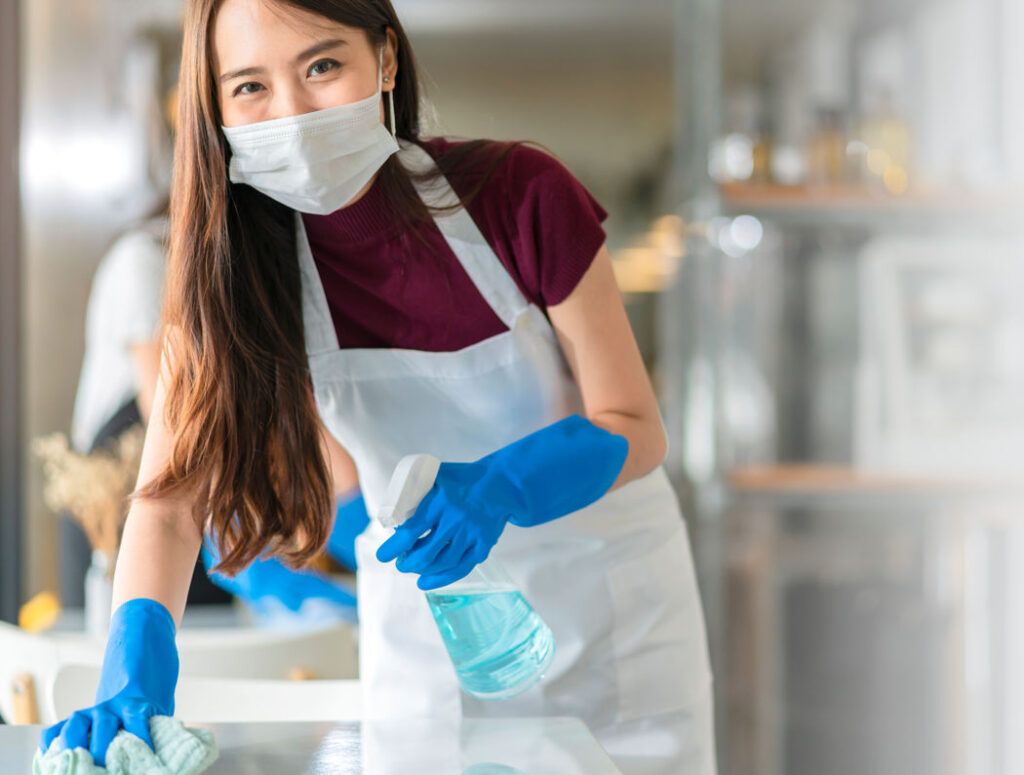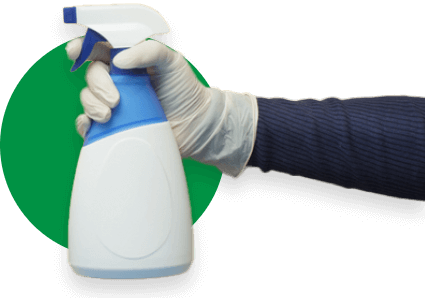Any restaurant you visit will have a grease trap. They are plumbing devices meant to keep grease from entering the sewer pipes. Along with every other item in a restaurant, grease traps should be routinely cleaned. By doing so, you can maintain a safe and healthy space that follows environmental laws.
Those who neglect clean grease traps may face a variety of penalties and fees. This article will discuss everything you need to know about cleaning grease traps in restaurants.
What You’ll Need
Before you begin the cleaning process, you will need a plethora of items. Each material serves a purpose and should not be forgotten about. Typically, proper grease trap cleaning requires protective overalls, rubber gloves, gas masks, crowbars, scrapers, and industrial vacuums.
Step-By-Step Guide to Cleaning Grease Traps in Restaurants
Grease trap cleaning is not a simple task. It requires a great deal of safety, effort, and concentration. If you are not careful, you may suffer injuries such as slips, stains, cuts, and burns. You must have a clear understanding of each step of the cleaning process and how to do it safely.

Remove the Lid of the Grease Trap
To begin with, you must locate grease interceptors and remove the lid. Usually, grease traps can be found outside the restaurant under a man-hole cover or in commercial kitchens. When removing the lid, you should wear protective rubber gloves and use a wrench or crowbar.
Take Note of the Different Parts of the Trap and Their Locations
After carefully removing the lid, you must examine different parts of the grease trap. These include the skimming wheel, solids collection basket, inlet from the sink, inlet baffle, and grease collection container. In order to work properly, each part must be in its correct location.
Measure the Amount of Waste that Needs to Be Removed
Once you’ve thoroughly examined each part, you need to measure how much waste needs to be removed. By wearing rubber gloves and using a ruler, you can accurately determine how much FOG (Fatty Oils and Grease) is in need of removal. These numbers should be reported to the EPA (Environmental Protection Agency).
Drain the Water From the Trap
Now, you must use a bucket and remove any stagnant water from the trap. For quicker results, a small pump may be useful. Afterward, you can choose to dispose of the water or put it aside for re-entry into the drain.
Scoop Out the Accumulated Waste From the Trap
At this point, it is time to remove all accumulated waste from the trap. To start, you should use a scoop or another bucket to remove any FOG. After the initial disposal, you may notice chunks of hard-to-reach excess waste. For proper removal, use a shop vacuum.
Wash and Clean All the Surfaces From the Trap
After all the waste is safely disposed of, you must thoroughly wash the grease trap itself. Recommended cleaning tools are steel pot scrubbers, soap, and warm, clean water. You should wear long rubber gloves while washing. In addition, it may be advised to flush out any removable parts with clean water, as this will remove soap and excess gunk.
Test the Trap to Ensure that It Is Functioning Correctly
Now, you have properly cleaned grease interceptors. However, the job isn’t quite finished. You should test the trap and make sure it is working properly. Water should flow through easily. If not, you must re-examine each part and may have to contact a professional.
Reinstall the Lid and Clean Up Any Mess During the Cleaning Process
If everything is functioning correctly, replace and reinstall the lid of your grease trap. Furthermore, check your surroundings and, if necessary, clean any messes.
Maintain the Trap Regularly
The final step of the grease trap cleaning process is sending a FOG report to the EPA. You must ensure that your establishment is in accordance with health and safety standards.
Importance of Well-Maintained Restaurant Grease Traps
It is of utmost importance to maintain routine grease trap cleaning. Of course, you should want to avoid any penalties or fees from the EPA. However, and more importantly, well-maintained restaurant grease traps help ensure the health and safety of employees and customers.
Avoid Blockages in the Grease Trap
To start, infrequent grease trap cleanings can result in heavy clogs and blockages. If waste is constantly accumulating, the trap may lose functionality. In addition, FOG may leak through commercial kitchen sinks and into sewer pipes. This can cause many additional problems.
Eliminate Unpleasant Odors
It is important to note that FOG has a pungent and outright unpleasant smell. Eventually, these bad odors will permeate the entire restaurant. This can result in significant employee discomfort and customers avoiding your establishment.
Prevent the Creation of Health Risks
As previously stated, the continuous backup of grease and waste can lead to sink overflow. This may lead to water contamination, which would make your restaurant fully inoperable. Also, excess grease may be found in major public waterways. This will result in heavy fees and penalties.
Reduce the Risks of Kitchen Fires
To continue, large amounts of clogged grease can increase the possibility of commercial kitchen fires. FOG is extremely flammable and, if caught on fire, is quite difficult to maintain.
Save Costs
In general, routine grease trap cleaning will save costs in the long term. You are lowering the chances of potential health hazards. Furthermore, you are ensuring that each component is well-maintained and working properly.
How Often Should Restaurants Clean Grease Traps
Grease traps should be cleaned every 1 to 3 months. The maximum amount of FOG is 25 percent, so you should always try to stay below that number. Also, depending on the size of the grease trap and the amount of FOG produced, cleaning may be more frequent.

Hiring a Commercial Cleaning Company vs DIY
In the table below, we will discuss the differences between hiring professional services and doing it yourself.
| Factors | Hiring a Commercial Cleaning Company | DIY Cleaning |
| Cost | More expensive upfront but cheaper in the long run | Less expensive upfront but you will need to pay for all cleaning materials |
| Quality of Cleaning | A professional cleaning company is experienced and should provide excellent service. | This will depend entirely on your skill and experience level. |
| Time and Efficiency | Typically, cleaning is done efficiently and on time. | Depending on your skill level, cleaning may take more time than usual. |
| Liability | Due to licensing and insurance, cleaning companies will take responsibility for accidents or injuries | The restaurant owner is fully liable for any accidents or injuries that occur during cleaning. |
| Health and Safety | Those completing professional services are trained and will follow all safety and precaution procedures. | A DIY cleaner may not have full knowledge of safety standards. |
| Availability and Flexibility | Commercial cleaning companies will work around your schedule at a time most suitable. | They may not have the ability to be as flexible. Cleaning may need to take place during busy hours. |
| Pros | Professionals provide high-quality and efficient services. In addition, they will follow safety procedures. | It can save you money in the short term, and you may be able to customize cleaning plans. |
| Cons | It can be more expensive upfront, and you will not have full control of cleaning plans. | You will be completely liable for all injuries, and they may not be as experienced. |
FAQS About Cleaning Grease Traps in Restaurants
How often should a grease trap be cleaned for a restaurant?
Grease traps should be cleaned every 1 to 3 months. This may vary depending on your grease trap size and amount of FOG.
How do you keep a commercial grease trap from smelling?
You can prevent bad odors by following complete and routine cleaning procedures.
What happens if the grease trap is full?
If a grease trap is full, clogging may occur. This can lead to overflow, which may cause serious health and safety concerns.
How do you know when a grease trap is full?
You will know a grease trap is full when FOG is at 25% capacity or when visible grease is stiffening at the top.
How Dallas Janitorial Services Can Help
We understand that maintaining a clean and healthy restaurant is essential. To help with this process, Dallas Janitorial can provide a variety of thorough cleaning services. For more information, please call us at 214-778-3689.


